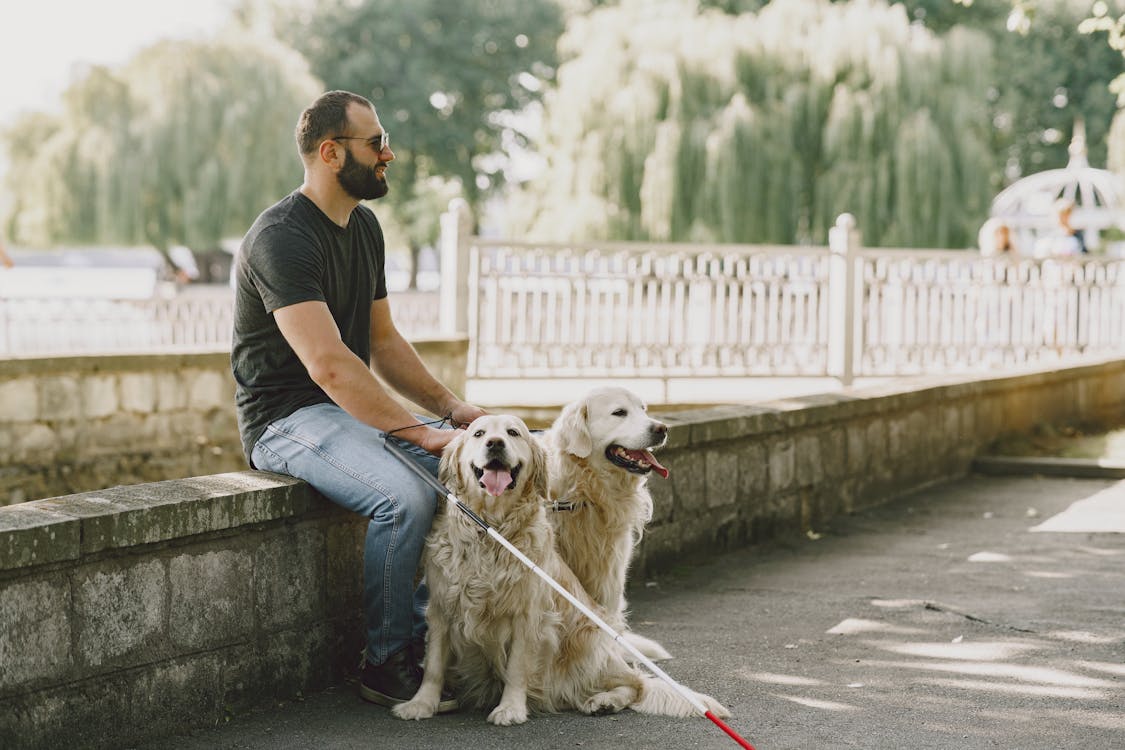Nowadays, it’s common to encounter a service dog, especially in public places. But did you know that not all assistance dogs are the same? They all undergo special training to support the needs of their owners or handlers. In this article, we’ll talk about what you need to know about guide dogs, particularly seeing-eye dogs.
Table of Contents
What Is a Seeing-Eye Dog?
Seeing-eye dogs are service animals trained to lead blind people. Their mission is to help their owners, more commonly called handlers, gain independence of their mobility and daily life. All visually impaired people, may apply to have their guide dog. A handler doesn’t have to be a totally blind person to need and get one.
A guide dog’s job is to help their visually impaired partner navigate safely. That includes restaurants, sidewalks, and other public places. In consideration of the visually impaired, the law also allows guide dogs to accommodate their owner in areas where pets aren’t usually allowed. That gives the blind handler accessibility and independence.
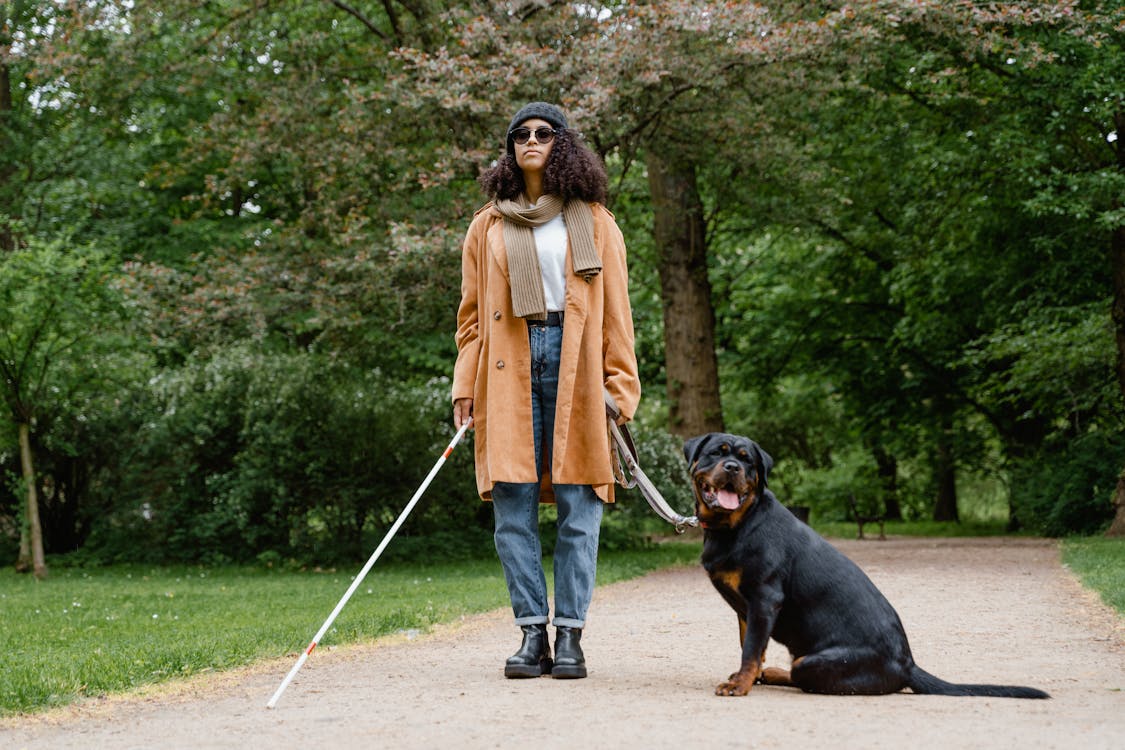
What Skills Does a Seeing-Eye Dog Need?
An assistance dog lives with its handler and goes wherever they go. The seeing-eye dog is also responsible for alerting its human partner of danger and keeping them out of harm’s way. Guide dogs must be trained and possess specific skills to perform their duties. They should be obedient, follow commands, and avoid distractions like smells, sounds, and other animals. They should also know how to pace themselves and stop at steps and curbs.
They can also train for other skills, like helping their human partner board transportation. The additional skills they have to develop depend on their handler’s needs.
What Are the Common Breeds of Guide Dogs?
The work of guide dogs is serious. After all, the safety and mobility of their human partners rely on their ability to follow commands and execute skills. Some breeds are more suited as guide dogs because of their obedience and intelligence. Other characteristics like health, temperament, and personality are also important. Guide dogs have undergone programs in schools and training centers since they were puppies to develop these.
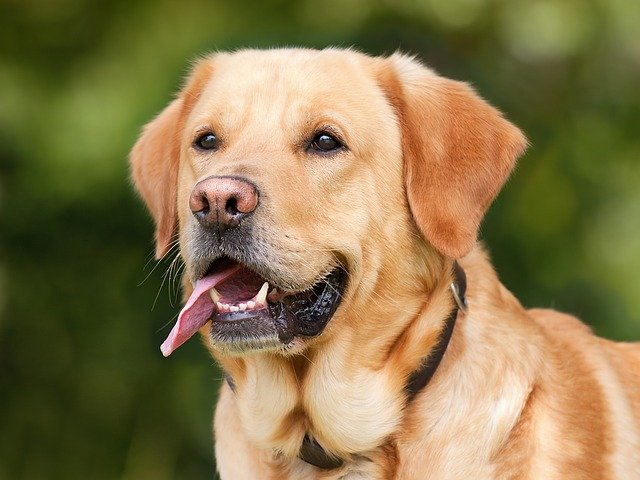
Labrador retrievers are the most common breed of guide dogs in the U.S. Their size, loyalty, and desire to please make them capable of assisting visually-impaired people.
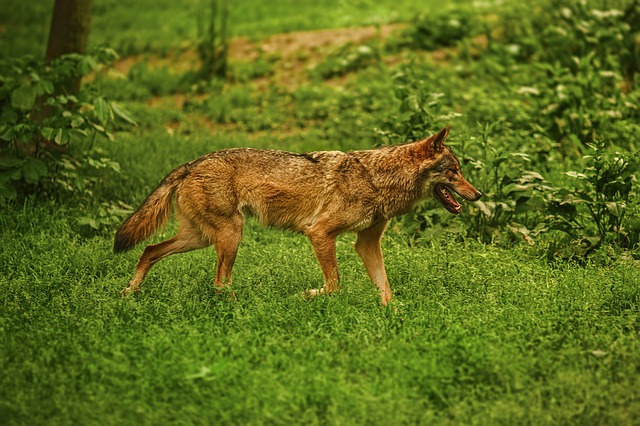
German Shepherds are also a common breed of guide dogs. They’re stable because they’re a strong and large breed. They’re also ideal for guiding their human partners because they are obedient and have keen senses.

Golden retrievers are a strong choice for a guide dog like the first two breeds. They’re strong, large, intelligent, and keen on completing tasks.

Poodles are an excellent choice for those with allergies. They are hypoallergenic and possess the necessary characteristics that seeing-eye dogs need. You can call your local training center, school, or non profit organization to ask about applying for a guide dog.
What Does It Mean to Have a Guide Dog?
Seeing-eye dogs are high maintenance. They require constant care to continue to work towards their mission of helping you gain independence in life. It takes hard work to help enhance the quality of life of the visually impaired. That means guide dogs need to receive the same amount of attention and affection to perform well. Here are some necessary aspects to keep in mind about seeing-eye dogs:
Training
Training is vital for seeing-eye dogs. It is non-negotiable because of the gravity of the duties of service animals. They have to be the seeing eye of their handlers, and they have to know how to respond to any unsafe situation. They also require constant training to get used to any gear or harness they need to wear.
Remember that a guide dog is not just a simple pet. They’re there to ensure the safety of their human partners. Of course, they have to finish a certain level of training even before they get paired with someone. But that training has to be consistent and continue as long as they’re working with a partner.
Socializing
Socialization is another integral aspect of taking care of guide dogs. Handlers have to connect and bond with their pet to establish trust and rapport. The dog has to get used to the person’s lifestyle. The human partner also has to let their dog get accustomed to their environment and other places, people, and animals. Socialization will allow the dog to familiarize itself with friendly faces and help them recognize threats more accurately.
A guide dog always wears a harness or a leash when out and about. That way, they can lead their human partner well as they travel.
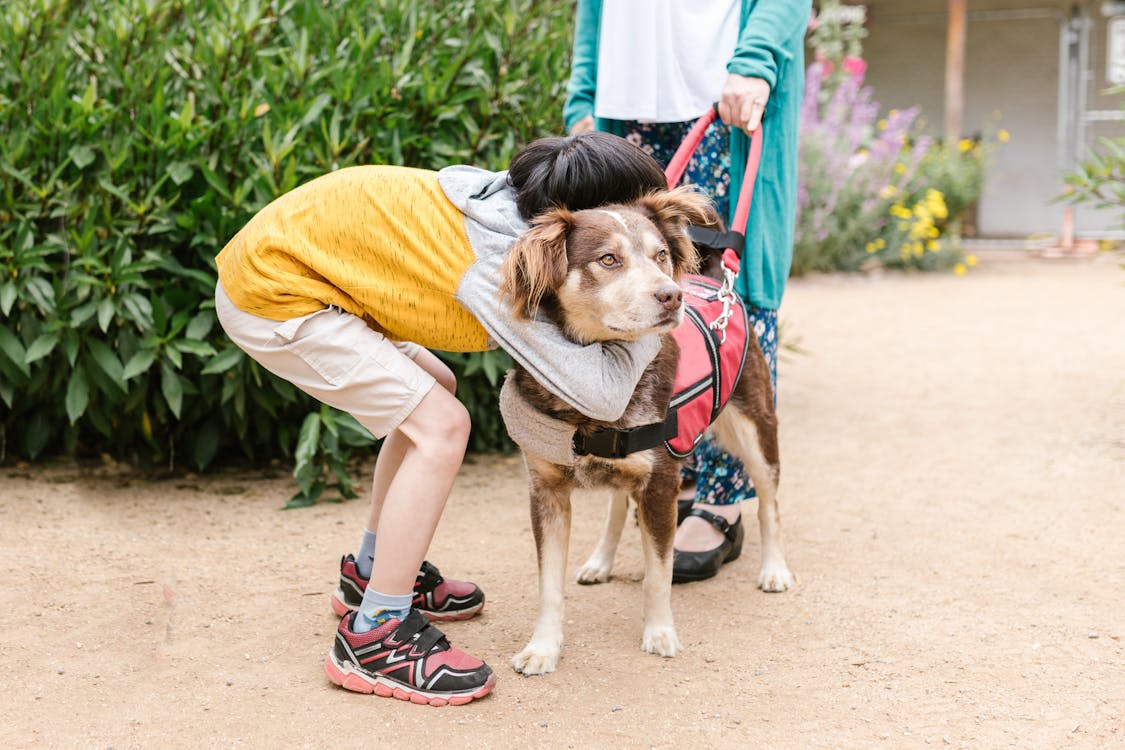
Love
The relationship between human partners and guide dogs is deep. Their world and lives are intertwined, and they rely on each other heavily. That alone makes them each other’s family. Like other pets, human partners need to provide love and affection for their guide dogs. They need to establish a bond like no other, and they need to trust each other.
This relationship should be more than a service-oriented one. Instead, it should be about love and trust. A human partner should make their guide dog feel loved, provide for their basic needs, and take care of their health.
Having A Guide
A guide dog is almost literally their visually impaired human partner’s seeing eye. As their moniker suggests, they guide and support their owners in many things. Mainly, they help with mobility, like walking, trying to cross the road, or boarding public transportation. They also help protect their human partner against any unsafe situation or obstacles.
Having A Partner
As we’ve emphasized multiple times, a guide dog is heavily responsible for its owner’s life. There has to be a partnership between the dog and the human. It’s not just a simple situation of hiring someone to be their eyes for the meantime. Instead, it’s a life-long commitment between the two parties involved.
We’ve always said dogs are man’s best friend, and this is just another manifestation of that sentiment. Dogs are a joy to be with, and they make life easier for people who have additional needs. Their lives are intertwined, they live in the same house, and they take care of each other. If that’s not a solid partnership, we don’t know what is.

What Does It NOT Mean to Have an Assistance Dog?
Seeing-eye dogs are guides, but they’re not GPS. They don’t tell their blind owners how to get somewhere. Instead, the animals assist their human partners in achieving their plans. These furry friends provide special services for those who need them. You can’t just request one because you find them cute or cool.
They undergo programs and are trained to assist with mobility and accessibility. So let’s allow those with guiding needs to be a priority in applying for service animals.
What Should You NOT Do When You See a Guide Dog?
There are rules when dealing with a guide dog that’s not yours. Even though they are cute, friendly, or still puppies, you should never pet them. They are always on a mission when they’re outside, and they have someone they need to guide.
Remember that these service animals are accompanying blind people, so let them fulfill their responsibilities. Don’t try to give them treats, distract them, go near them, or even touch their harness. If their human partner explicitly tells you that you can approach their dog, then that’s the only time you should.
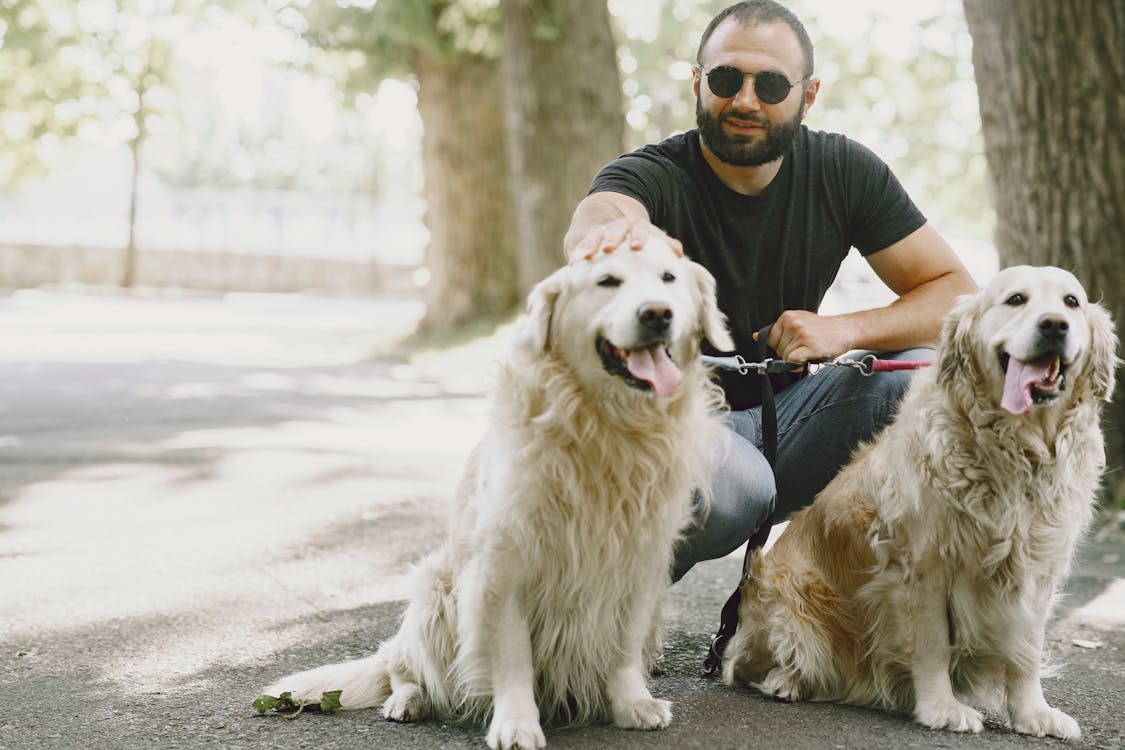
To Wrap Up
Seeing-eye dogs provide services for visually impaired or blind people to help them become more mobile and independent. They are furry companions with a mission.
If you know people who need guide dogs, you can contact your local training school or nonprofit organization. Check out The Furry Companion for more info about lovable pets if you enjoyed this article!
FAQs
What dogs are used as guide dogs?
What does a guide dog do?
How much does a guide dog cost?
Are guide dogs happy?
How long do you keep a guide dog?
Why are guide dogs so special?
Do guide dogs make mistakes?
Can any dog be a guide dog?
Where do guide dogs sleep?
Do guide dogs bark?

